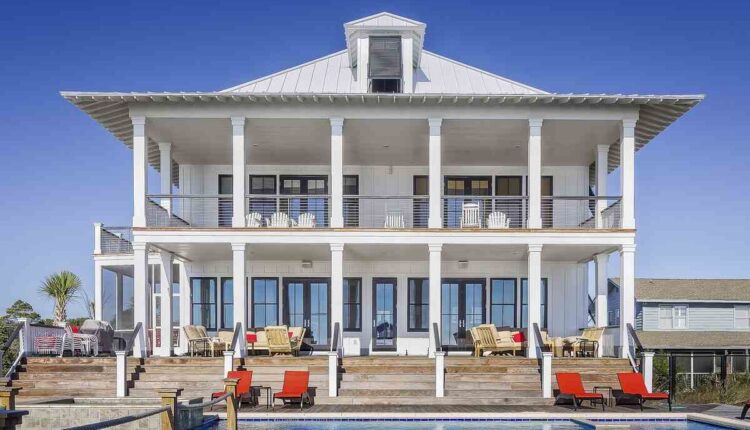The average person doesn’t think too deeply about where their favorite drive-thru coffee shop or fast-food outlet sets up shop. But behind the scenes, these small-footprint, high-traffic retail spaces are changing the face of commercial real estate—especially in mid-sized Florida markets like Lakeland and Tampa.
This isn’t about burgers and fries. It’s about strategic land use, community planning, and the evolving science of QSR real estate.
What Is QSR Real Estate, Really?
QSR, or Quick Service Restaurant, real estate refers to properties designed for speed, volume, and convenience. These include:
- Standalone restaurants with drive-thrus
- Dual-branded fast food or coffee + bakery hybrids
- Inline strip mall units optimized for food service
But what makes QSR real estate particularly fascinating is how its success hinges on traffic flow, zoning regulations, and customer behavior analysis—things that top developers must deeply understand.
Why QSR Real Estate Is Booming in Places Like Lakeland and Tampa
Florida’s growth isn’t just happening in big cities—it’s exploding across smaller urban and suburban regions. Both Lakeland real estate developers and Tampa real estate developers are seeing a surge in demand for high-traffic, fast-turnaround retail sites that serve a mobile, convenience-driven population.
This QSR boom is driven by a few key trends:
- Hybrid work schedules, increasing midday dining traffic in suburban areas
- Population migration from larger cities to more affordable metros
- Infrastructure investment, particularly in transport corridors that increase accessibility
Developers are meeting this demand by strategically selecting sites that offer maximum visibility and vehicle access—often along busy routes, near healthcare centers, or in newly developing residential corridors.
Beyond Food: QSR as a Catalyst for Local Growth
Though the QSR label suggests it’s all about quick meals, these establishments often become anchors for broader retail ecosystems. A new fast-food or coffee spot can:
- Increase the viability of adjacent retail tenants
- Spur road improvements through traffic studies
- Attract foot traffic to underdeveloped zones
In cities like Lakeland and Tampa, this ripple effect is very real. What starts as a small, strategic QSR project can trigger wide-reaching benefits to a neighborhood’s infrastructure and economy.
The Developer’s Role in Smart QSR Placement
Successful QSR developments don’t happen by accident. Expert developers, such as Lawrence Todd Maxwell, follow a process that involves:
- Traffic analysis to ensure access and safety
- Zoning and entitlement management
- Environmental and community impact reviews
- End-user feasibility studies to match concept to location
For Lakeland real estate developers and Tampa real estate developers, this kind of analysis isn’t optional—it’s essential. Especially as cities grow, the pressure is on to develop spaces that serve both business and community needs.
A New Chapter for Regional Development
As QSR real estate continues to evolve, it’s pushing developers to think more holistically. These aren’t just restaurants—they’re part of a larger story about mobility, modern lifestyles, and suburban transformation.
And in Florida’s rising cities, that story is just getting started.


